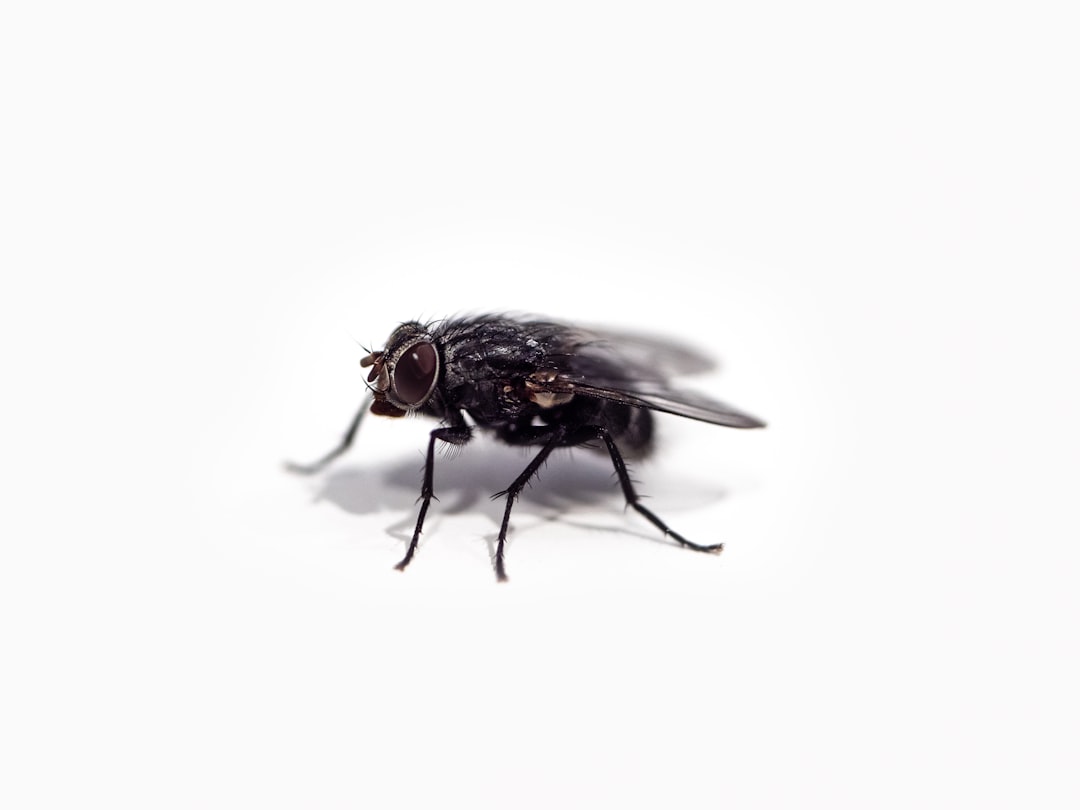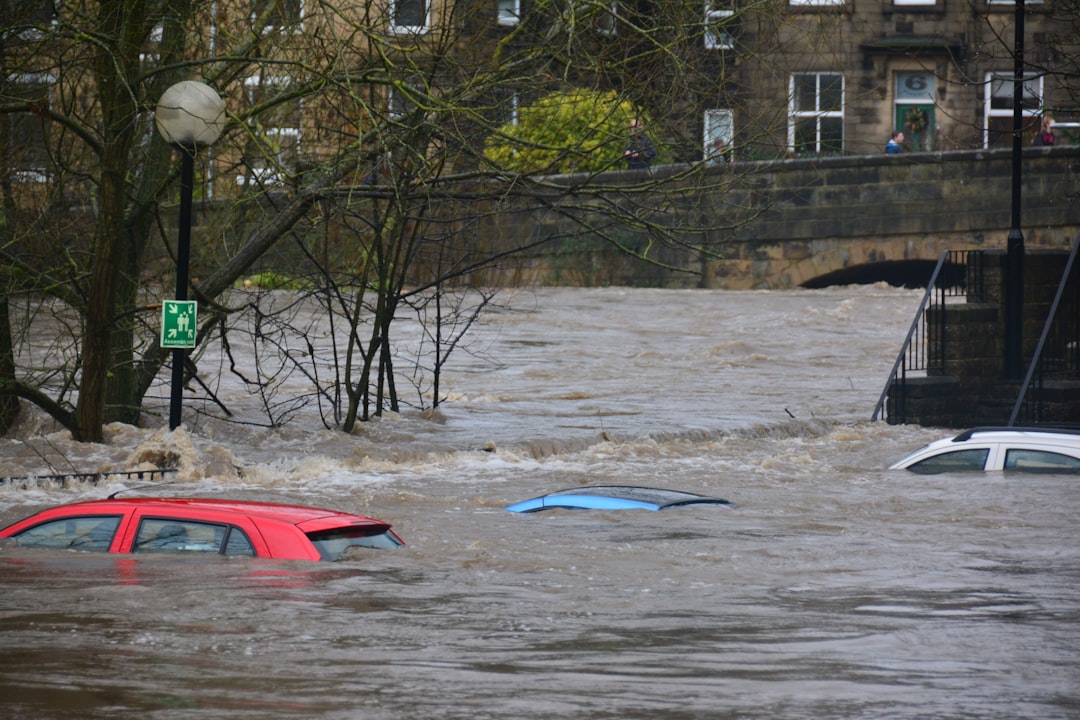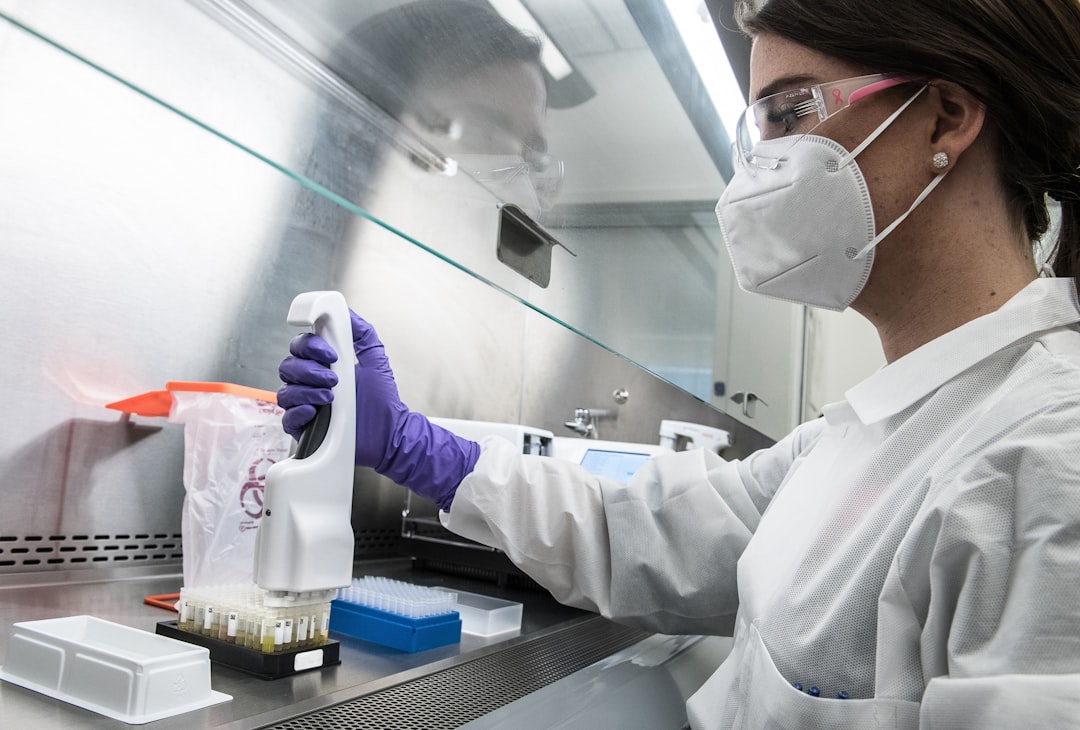What is it about?
We investigated why attempts to restore eelgrass using seeds often fail. Our study found that shore crabs are major seed predators, causing high seed loss during restoration. Burying the seeds 2cm below the sediment surface can prevent seed predation and improve restoration success. Additionally, we discovered that shore crabs may play a role in preventing the return of eelgrass by promoting the growth of their own habitat (algal mats) and decreasing the habitat of their predator (cod).
Featured Image

Photo by Kai Dahms on Unsplash
Why is it important?
Our study provides important insights into the role of seed predators, particularly shore crabs, in eelgrass restoration success. This information can be used to develop more effective restoration strategies and to better understand the mechanisms driving the decline of eelgrass habitats. Additionally, our discovery of the double feedback-loop involving shore crabs, algal mats, and cod provides a unique perspective on the complex interactions between species in marine ecosystems.
Perspectives
As a marine biology enthusiast, I find this study fascinating because it highlights the intricate relationships between different species in marine ecosystems and how seemingly small changes can have significant impacts on the entire system. It also underscores the importance of understanding these relationships when attempting to restore damaged ecosystems.
Dr Eduardo Infantes
Goteborgs Universitet
Read the Original
This page is a summary of: Seed Predation by the Shore Crab Carcinus maenas: A Positive Feedback Preventing Eelgrass Recovery?, PLoS ONE, December 2016, PLOS,
DOI: 10.1371/journal.pone.0168128.
You can read the full text:
Contributors
The following have contributed to this page










